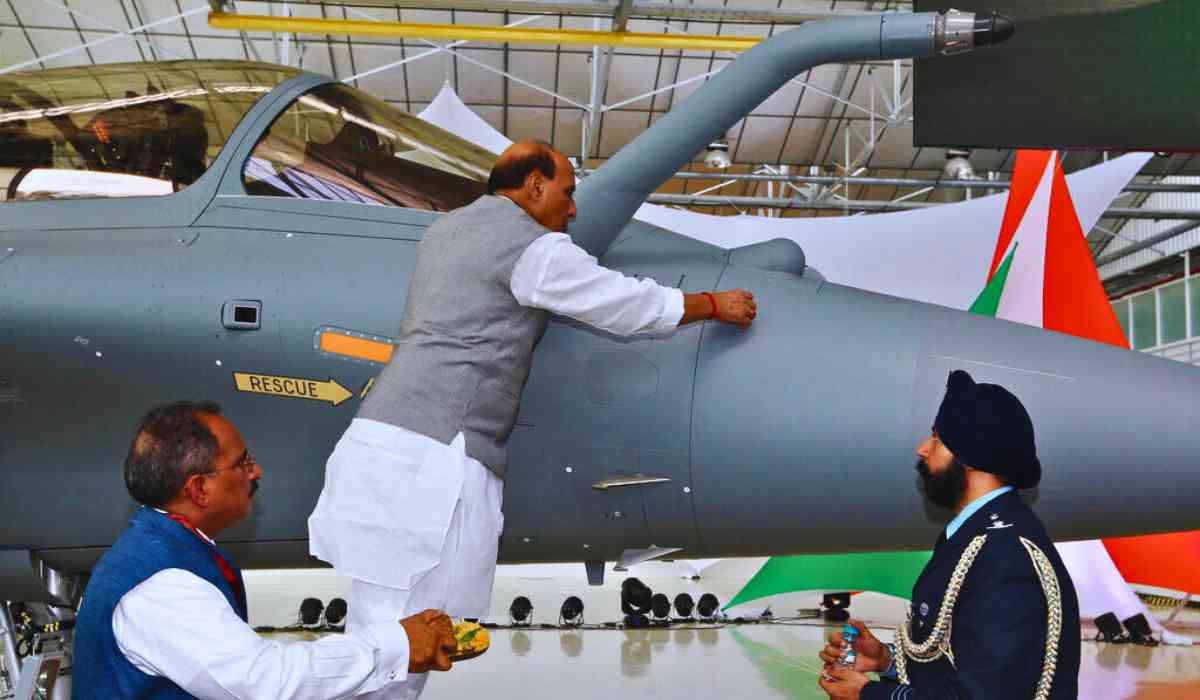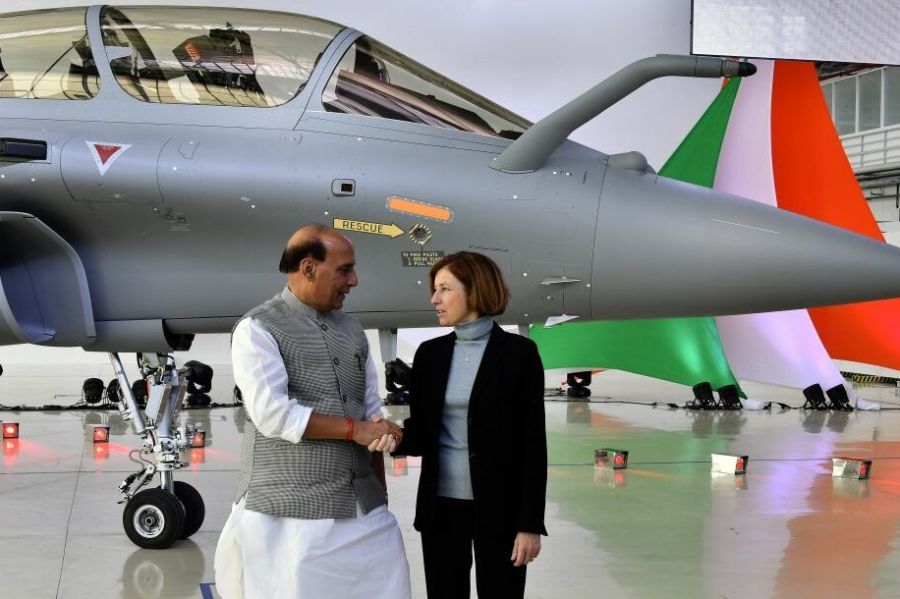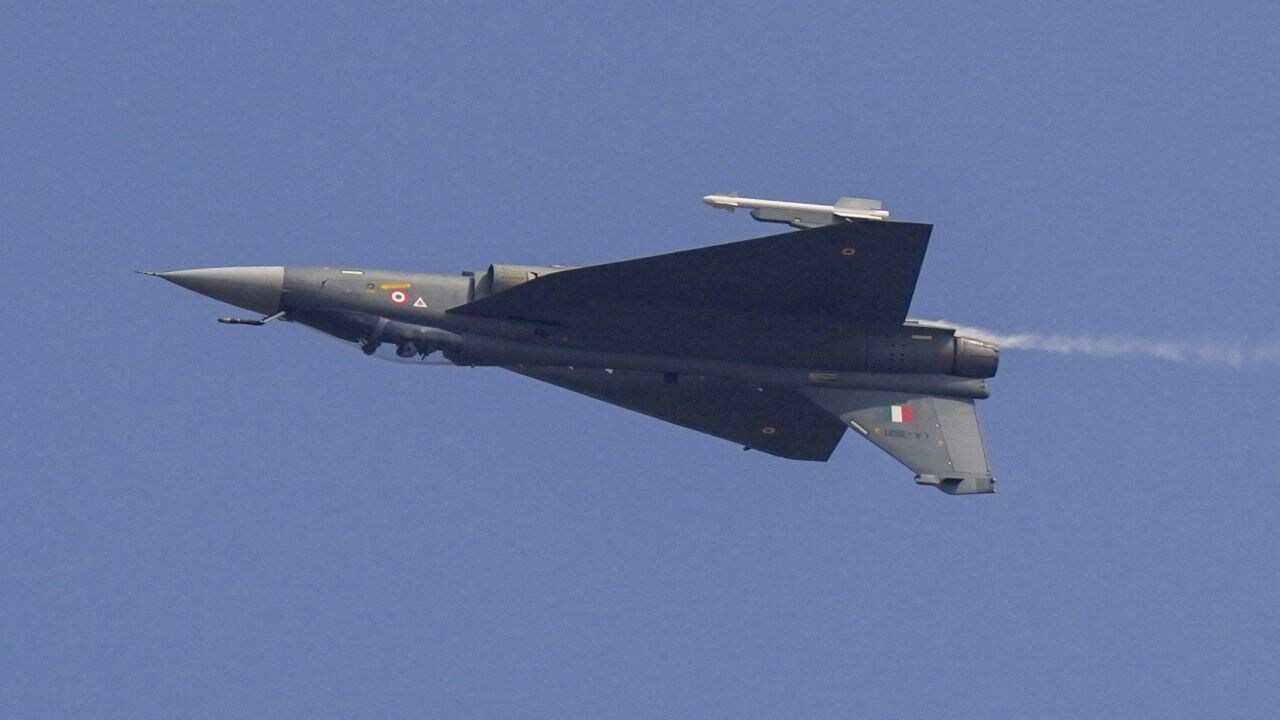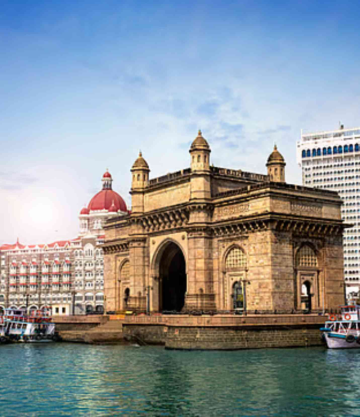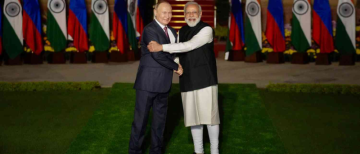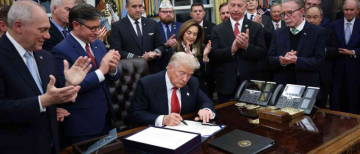India is on the verge of making a major decision that could shape the future of its air force for decades. The Cabinet is waiting for a recommendation from the Defence Research & Development Organisation (DRDO) on whether to partner with the United Kingdom’s Rolls-Royce or France’s Safran to co-develop a new engine for its next-generation combat aircraft. This decision is not just about choosing a foreign company—it’s about India’s ambition to become self-reliant in one of the most advanced and closely guarded areas of military technology: jet engines.
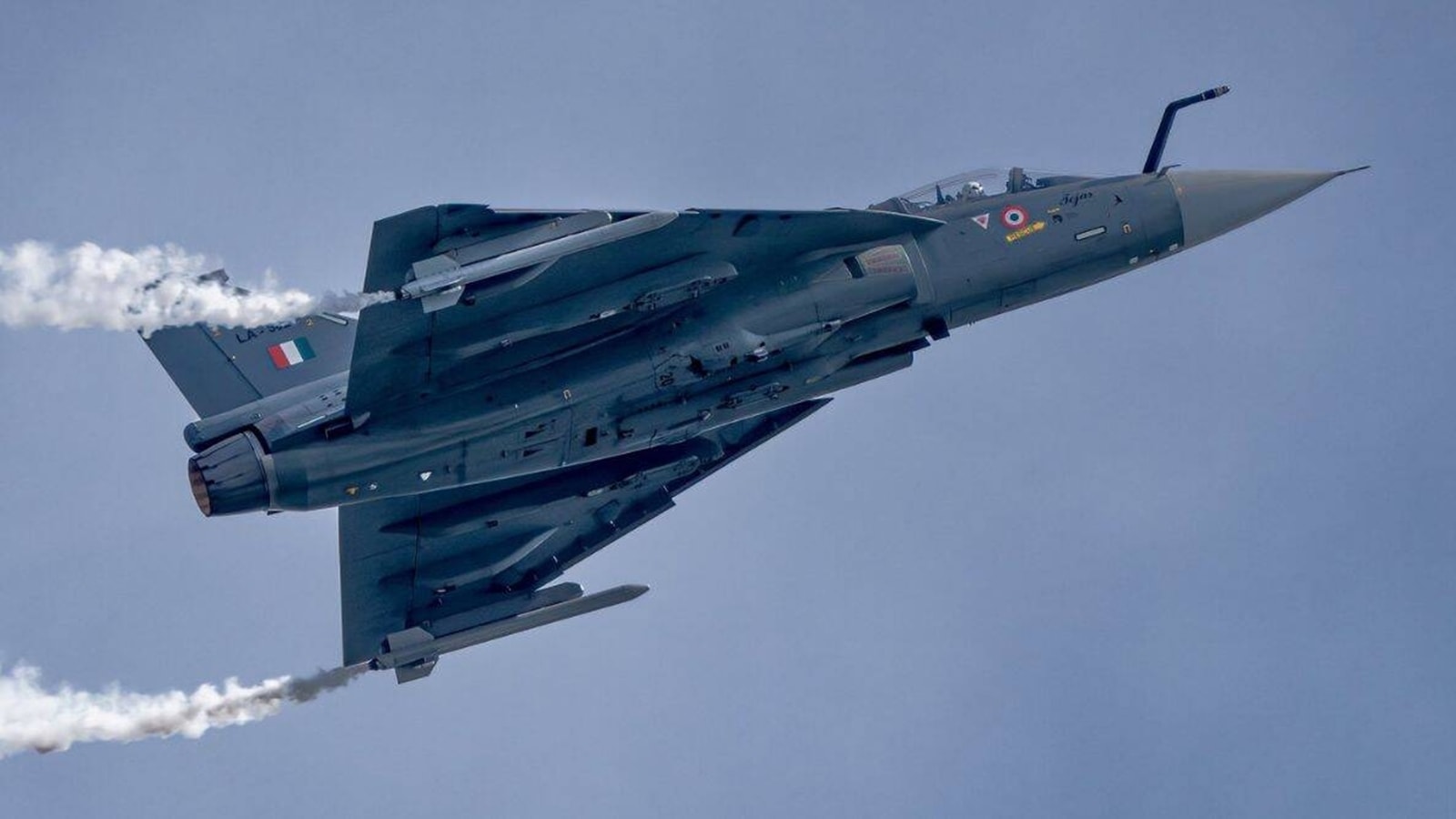
Why Is This Decision Important?
Jet engines are the heart of any fighter aircraft. Without a powerful and reliable engine, even the most advanced jet cannot perform at its best. India’s experience with the Tejas Light Combat Aircraft has shown how delays in engine supplies can slow down the entire project. The country has faced setbacks due to supply chain issues from foreign partners, especially during and after the COVID-19 pandemic. This has made it clear that owning engine technology is crucial for India’s defence and independence.
The Contenders: Rolls-Royce vs Safran
Both Rolls-Royce (UK) and Safran (France) have offered to work with India’s DRDO and its Gas Turbine Research Establishment in Bengaluru. They are promising full Transfer of Technology (ToT) and Intellectual Property Rights (IPR)—meaning India would not just assemble engines, but also learn how to design, develop, and manufacture them from scratch.
-
Rolls-Royce: Has a long history in jet engine manufacturing and is known for its advanced technology. The UK has offered to jointly produce engines and transfer related technology to India.
-
Safran: The French company has also shown willingness to transfer technology and share intellectual property. Safran has already been in talks with DRDO about designing an engine that will meet India’s needs for its Advanced Medium Combat Aircraft (AMCA), a fifth-generation stealth fighter jet.
What Do Each Offer?
| Feature | Rolls-Royce (UK) | Safran (France) |
|---|---|---|
| Technology Transfer | Full ToT and IPR | Full ToT and IPR |
| Past Collaboration | Engines for various global jets | Ongoing talks for AMCA, helicopter engines |
| Government Support | Backed by UK government | Strong France-India defence ties |
| Focus | Co-development for AMCA | Co-development for AMCA Mk-2 |
What Is at Stake for India?
-
Self-Reliance: India wants to avoid being dependent on foreign suppliers, especially for such a critical part of its defence forces. By co-developing an engine, India hopes to join the small group of countries that truly master this technology.
-
Cost Savings: Developing engines in India could make future jets cheaper to build and maintain. Some experts believe the cost could be up to 70% lower over the aircraft’s lifetime compared to imports.
-
Strategic Independence: With regional tensions and changing global alliances, India wants to ensure its military is not held back by international politics or supply chain problems.
Public and Expert Opinions
Many defence experts and scientists in India believe that this is a once-in-a-generation opportunity. They argue that whichever partner is chosen, the most important thing is real, hands-on technology transfer—not just assembling parts, but learning the secrets of engine design, metallurgy, and production. There is also hope that this partnership will boost India’s private and public defence industries, creating jobs and new skills.
However, some are cautious. They point to past failures, such as the Kaveri engine project, which was unable to deliver a working engine despite decades of effort and significant investment. They stress the need for clear agreements and strong project management to avoid repeating old mistakes.
What Happens Next?
The DRDO is currently reviewing the proposals from both companies. A Cabinet Note will soon be prepared, outlining the pros and cons of each option. The final decision will be made by the Indian Cabinet, based on DRDO’s recommendation and the government’s strategic priorities.
The Bigger Picture
This decision is more than just a business deal. It’s about India’s place in the world and its ability to defend itself with technology made at home. Both the UK and France are eager to work with India, seeing the country as a key partner for the future. For India, the challenge is to choose the partner who will help it not just build better jets, but also grow its own expertise for generations to come.
As one government official put it:
“Very few Indian companies actually own engine technology. For aircraft, ships or even automobiles, we still don’t entirely own the engine technology. The engines are getting designed abroad... We are keen to do the same in aircraft engines.”
The coming months will reveal which path India takes—and how it will shape the future of Indian defence.
With inputs from agencies
Image Source: Multiple agencies
© Copyright 2025. All Rights Reserved Powered by Vygr Media.

